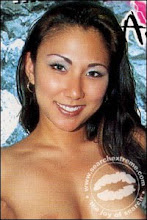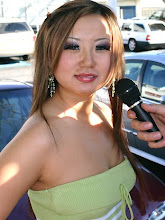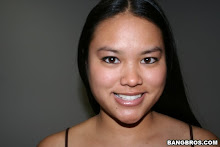There's one thing about Chinese that really bothers me and that is how characters can look a lot alike and yet have very different meaning and pronounciation. Here's an example I show to students in class:
書晝畫
The first character means "book" and is pronounced shu1. The second character means "daytime" and is pronounced zhou4. The third character means "paint" and is pronounced hua4.
Here are some characters that often appear in students' names:
予子
The first character means "give" and is pronounced yu3. The second character is a diminuitive form equivalent to the Japanese "ko" and is pronounced zi3.
And here are some characters that I see on signs and posters:
亨享亭
The first character means "to go through smoothly" and is pronounced heng1, the second character means "to enjoy" and is pronounced xiang3 and the third character means "booth" and is pronounced ting2.
There are a lot of other examples I could come up but you get the picture. Sometimes you can guess at the pronunciation of a Chinese character because it looks a lot like a character whose pronunciation you know but often it'll just be a single stroke that changes the meaning and pronunciation of a word completely.
English is a relatively phonetic language: we can add a prefix or a suffix to a root word and the root word usually retains the same pronunciation. Even when the pronunciation changes it is a realtively minor change: for example, when we add -er to photograph we get photographer and the second o changes from a long to a short o. As a result, native speakers of English can usually guess at the pronunciation of a word they have never seen before.
The ability to guess at the pronunciation of a word they have never seen before is a skill that many Chinese learners of English never master. This is because they are taught to look up the pronunciation of new words in a dictionary as opposed to attempting to sound the word out. This also makes it difficult for them to learn how to spell new words in English because they focus on memorizing the spelling of the word instead of attempting to write the word out the way it is pronounced.
In all fairness, memorization would seem to be a necessary thing when you are learning Chinese because there is often nothing to indicate how the word is pronounced. As I said above, you can sometimes guess at the pronunciation of a new word but you often can't. Chinese students will tend to apply the methodology they used to learn Chinese to learning English and, as a result, never bother to learn the phonetic rules for English. This is unfortunate because they would be able to sound out correctly most words in English if they only knew how to go about it.
Martin
Saturday, 24 October 2009
Subscribe to:
Post Comments (Atom)








































































































































































































Martin,
ReplyDeleteWhere are the good/food/blood phonetic rule then?
good hood
ReplyDeletefood mood
Blood makes no sense.
The fact is that most words in English rhyme with a word that is spelt the same way.
cab tab lab
had fad mad
pack lack stack
ball wall tall
ham lam wham
can fan man
cap strap map
car far star
mass pass sass
mat hat cat
law maw haw
etc
Notice that new vowel sounds are created when you add e's to the end of most of these words.
hades fade made
etc.
In English speaking countries we learn this in school but if you are accostomed to memorising pronounciation then you might not learn the phonetic rules.
Martin